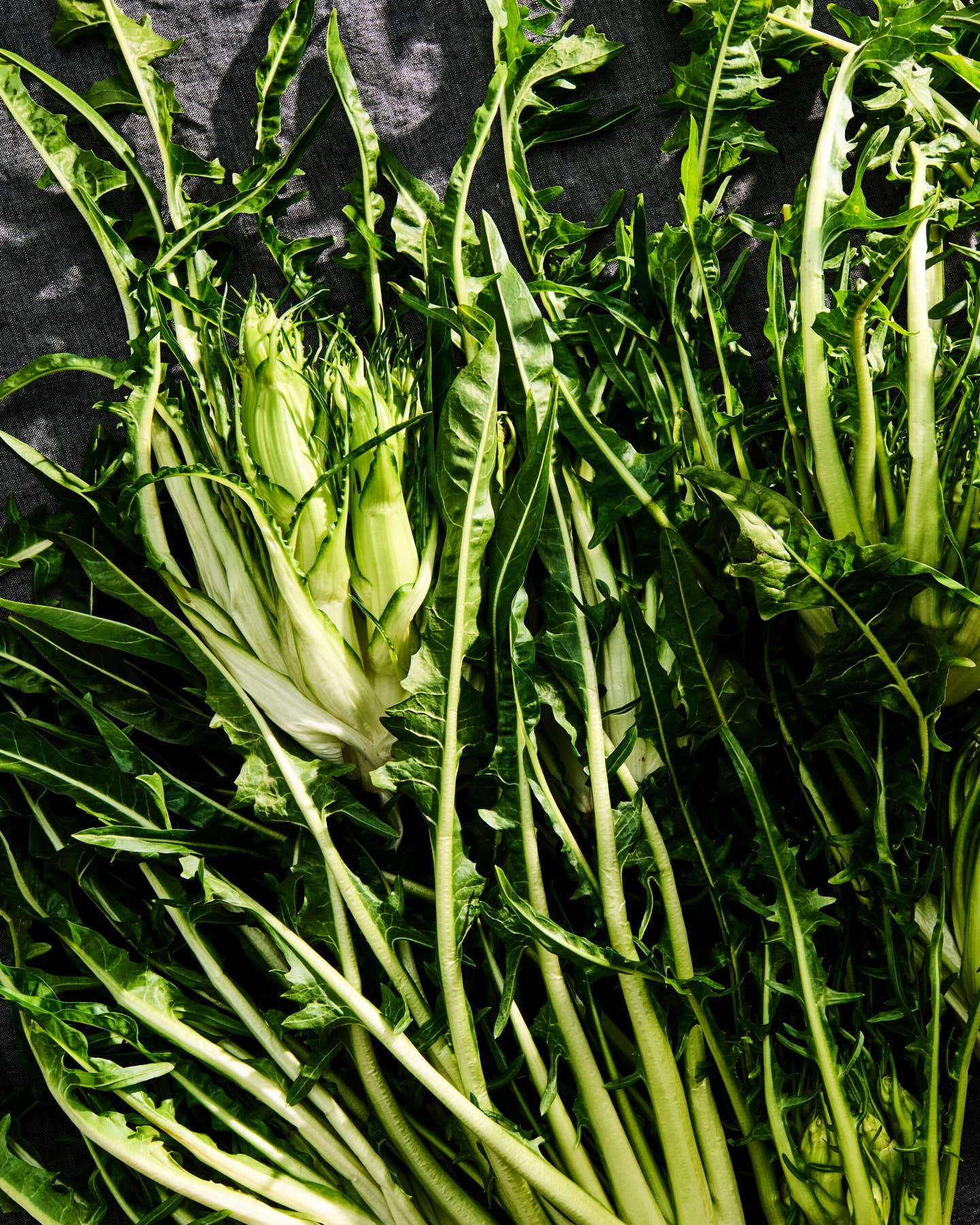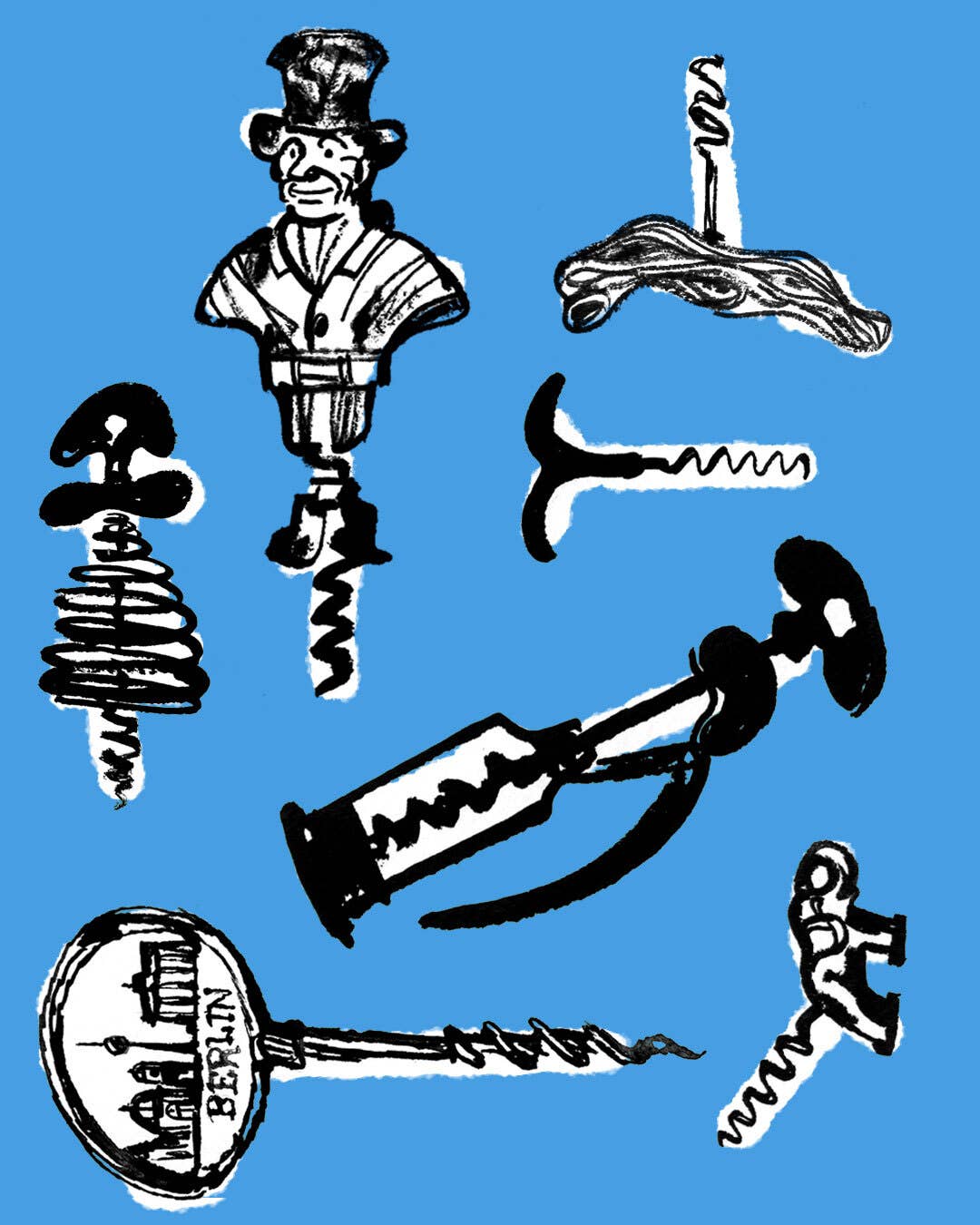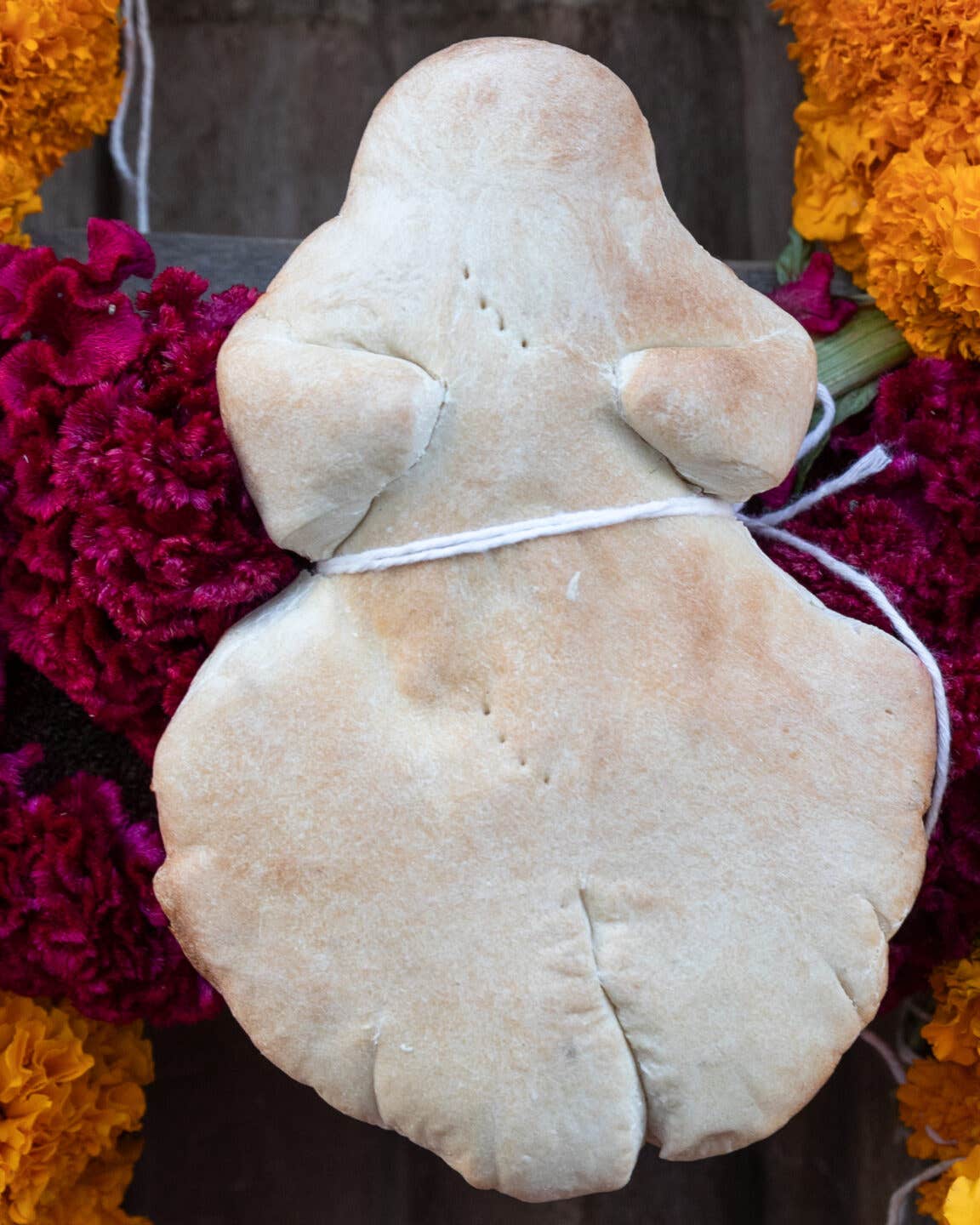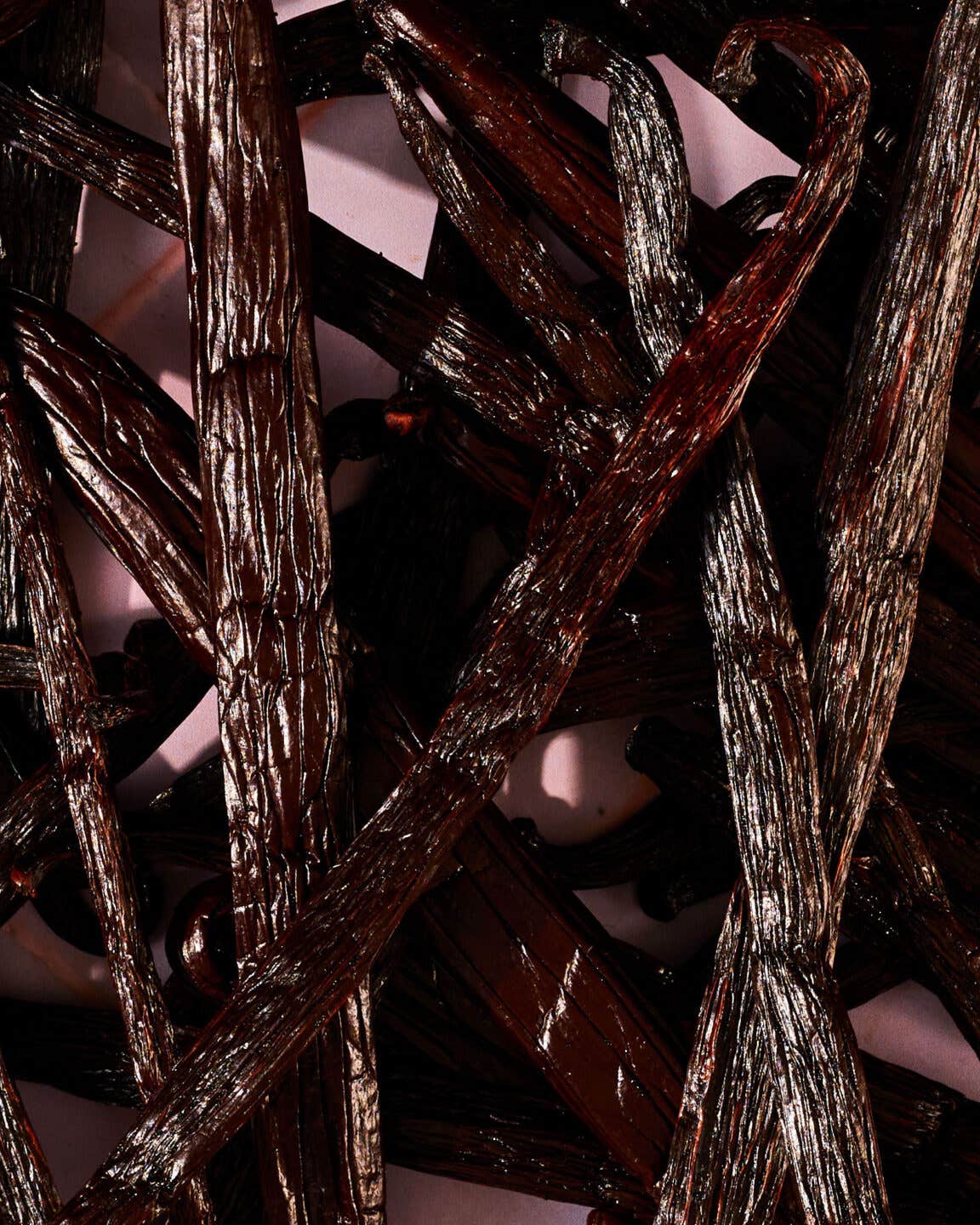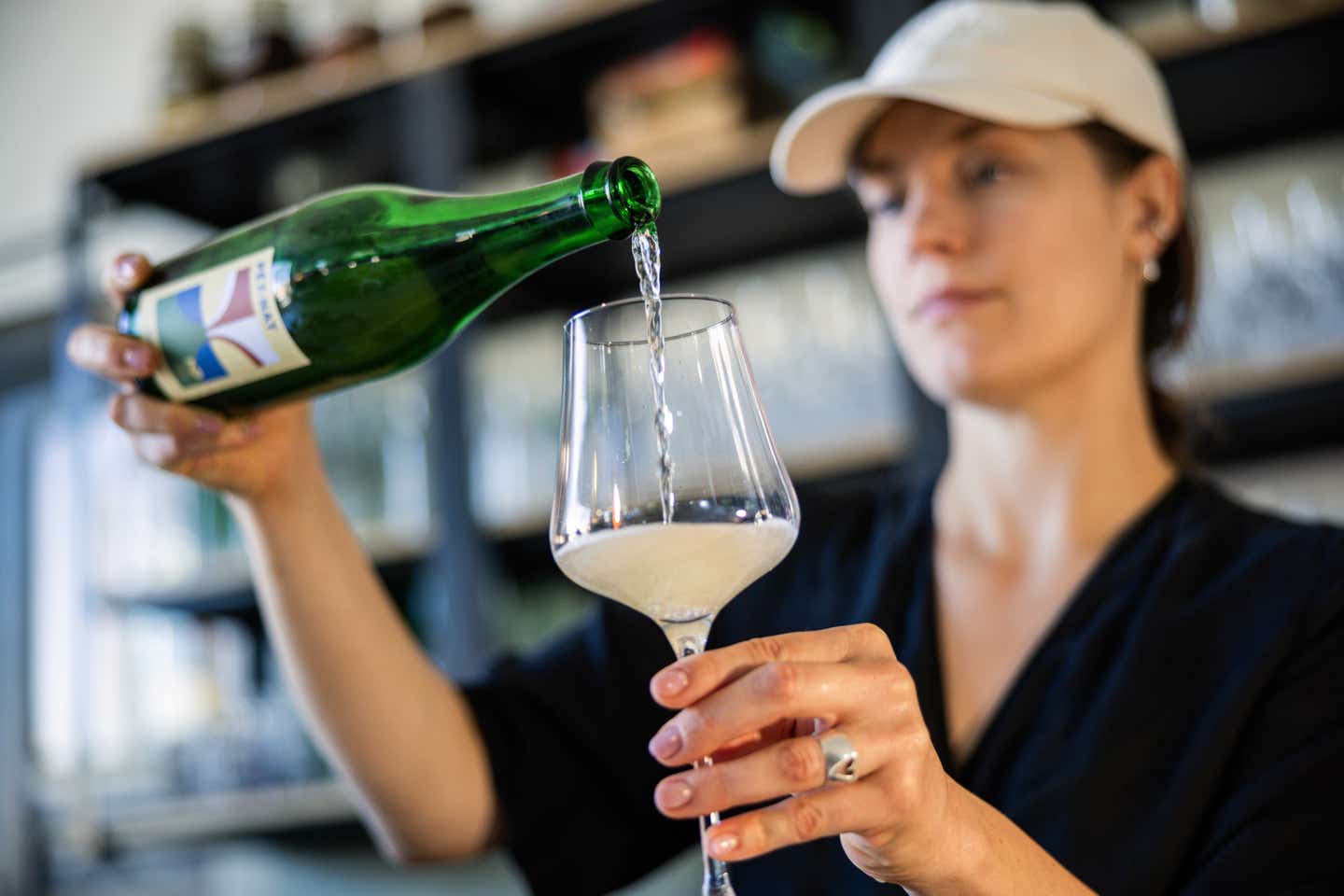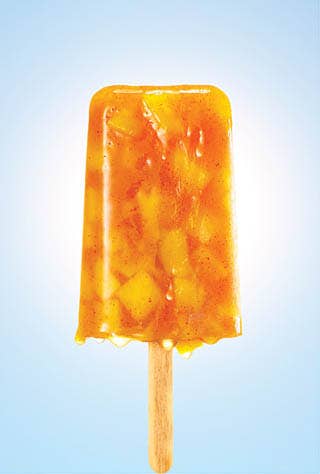
Ice Dreams
I grew up in Mexico City, not far from what is considered by many to be the city's very first, and best, paleteria, or ice-pop store. La Michoacana was founded in 1941 by Agustin Andrade, who came from the town of Tocumbo, in the southwestern Mexican state of Michoacan. The store's signature frozen treat, the paleta, was already eaten in places like Tocumbo, where it was made with local ingredients from the farms surrounding the town; it has since been a reliable source of pleasure for three generations of Mexicans. I know that I owe much of my childhood happiness to paletas. I was raised on lime, tamarind, and arroz con leche (rice pudding) paletas, and my first tastes of tropical fruits like guanabana (soursop) and negro zapote (black persimmon) came frozen on a stick. One of my fondest teenage memories is of walking along a street on the outskirts of Mexico City, one hand intertwined with my girlfriend's and the other clutching a mango-chile paleta .
Paletas, whose name comes from palo, or stick, were virtually unknown in Mexico City when Andrade started selling them at La Michoacana, but the treats caught on fast. Not long after, his cousin Ignacio Alcazar followed from Tocumbo and opened another shop. The men soon expanded their operations, calling in relatives and friends for help. More people from Tocumbo learned the trade—which entails blending ice or milk with sugar and fruit, chocolate, or other flavorings and then pouring the mixture into rectangular molds for freezing—and headed to Mexico City to open shops of their own. Expert paleteros took on apprentices, and shop owners helped their children open stores. In a matter of years, this chain reaction had created a full-fledged industry, dominated by people from Tocumbo.
Today, the economy of the once impoverished agricultural town, which now boasts a lovely park and a modern church, is deeply indebted to the paleta. What Tocumbo doesn't have is many residents—unless you visit in December, when most of the 9,820 native Tocumbans come home for the holidays from their paleterias in other parts of the country. There are now more than 15,000 offshoots across Mexico and the U.S., selling hundreds of flavors of paleta, including regional favorites such as the apricot-like mamey, favored in the south, or Oaxaca's tuna con leche quemada (cactus fruit with caramel). Back in Tocumbo, an enormous statue of a paleta, with a globe spinning in the bite-shaped gap carved out of the ice pop, graces the entrance to town.
Keep Reading
Continue to Next Story
